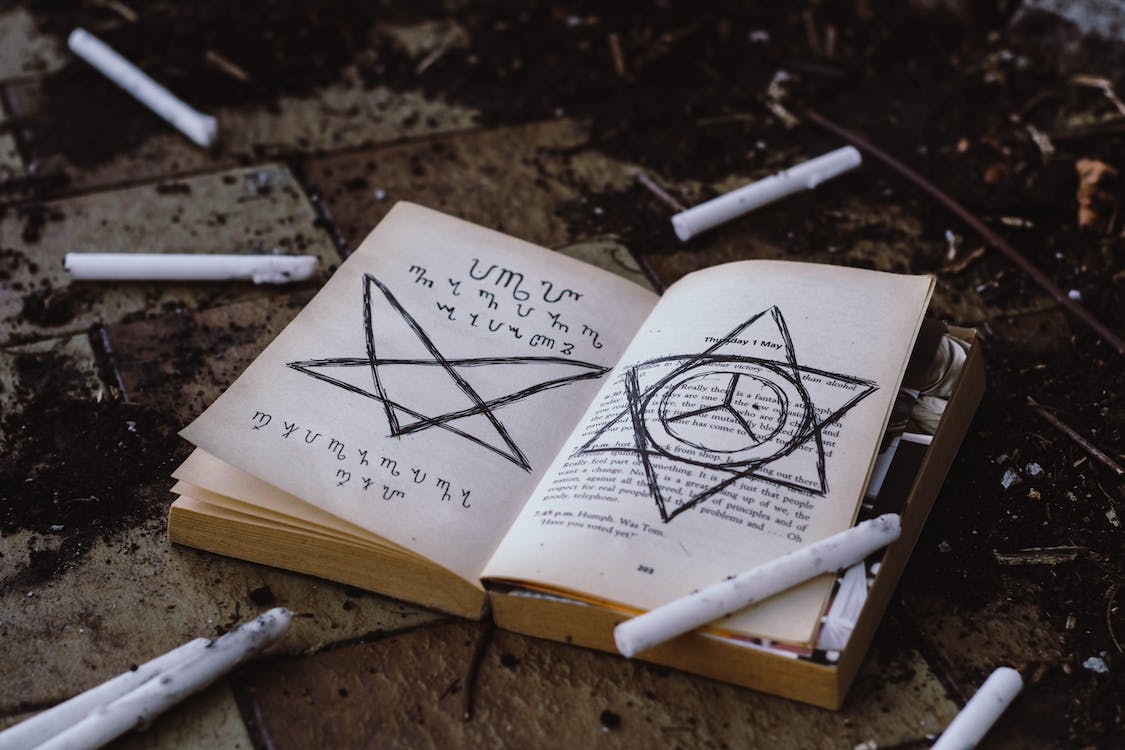
FAQ About Wicca

What is the Wheel of the Year in Wicca?
The Wheel of the Year is a concept and calendar used in Wicca and many other pagan and earth-based spiritual traditions. It represents the annual cycle of seasons, festivals, and the natural rhythms of the Earth. The Wheel of the Year is divided into eight major holidays, known as Sabbats, which mark significant points in the solar year. Here is an overview of the eight Sabbats and their corresponding seasons:
- Samhain (October 31st - November 1st): Samhain is the Wiccan New Year and the start of the dark half of the year. It is a time to honor and communicate with ancestors, remember the deceased, and reflect on mortality.
- Yule (Winter Solstice, around December 21st): Yule celebrates the rebirth of the sun and the return of light. It represents the winter solstice, the longest night of the year. Wiccans celebrate the returning light and the promise of new beginnings.
- Imbolc (February 1st - 2nd): Imbolc heralds the arrival of spring and the awakening of the Earth. It is a time for purification, creativity, and honoring the Celtic goddess Brigid. It also celebrates the lengthening days and the first signs of new life.
- Ostara (Spring Equinox, around March 21st): Ostara marks the spring equinox when day and night are of equal length. It symbolizes balance, fertility, and the renewal of life. Wiccans celebrate the return of the sun's warmth and the awakening of nature.
- Beltane (May 1st): Beltane is a celebration of fertility, passion, and the blossoming of life. It represents the midpoint between the spring equinox and the summer solstice. Wiccans honor the union of the god and goddess, and may engage in rituals to promote growth, love, and abundance.
- Litha (Summer Solstice, around June 21st): Litha celebrates the summer solstice, the longest day of the year. It represents the height of the sun's power and the abundance of nature. Wiccans honor the sun, the bountiful harvest, and the energy of growth and expansion.
- Lammas/Lughnasadh (August 1st): Lammas, also known as Lughnasadh, is a festival of the first harvest. It marks the beginning of the harvest season and the gratitude for the Earth's abundance. Wiccans celebrate the fruits of their labor, give thanks, and make offerings.
- Mabon (Autumn Equinox, around September 21st): Mabon represents the autumn equinox when day and night are again of equal length. It is a time of balance, gratitude, and introspection. Wiccans give thanks for the harvest, reflect on the year's accomplishments, and prepare for the coming winter.
